The best seasoning for lamb chops is a simple blend of rosemary and garlic. This combination perfectly complements the rich, gamey flavor of lamb, enhancing it without overpowering. Whether you're grilling or roasting, this classic pairing delivers restaurant-quality results every time.
Why Rosemary and Garlic is the Best for Lamb Chops
Lamb chops have a naturally robust flavor that requires seasoning to balance and elevate. Rosemary's piney, aromatic notes cut through the meat's richness, while garlic adds savory depth without masking the lamb's essence. This pairing is versatile for all cooking methods—grilling, roasting, or pan-searing—and is favored by chefs worldwide for its simplicity and effectiveness. Unlike complex blends, it enhances rather than dominates, making it ideal for both beginners and experts.
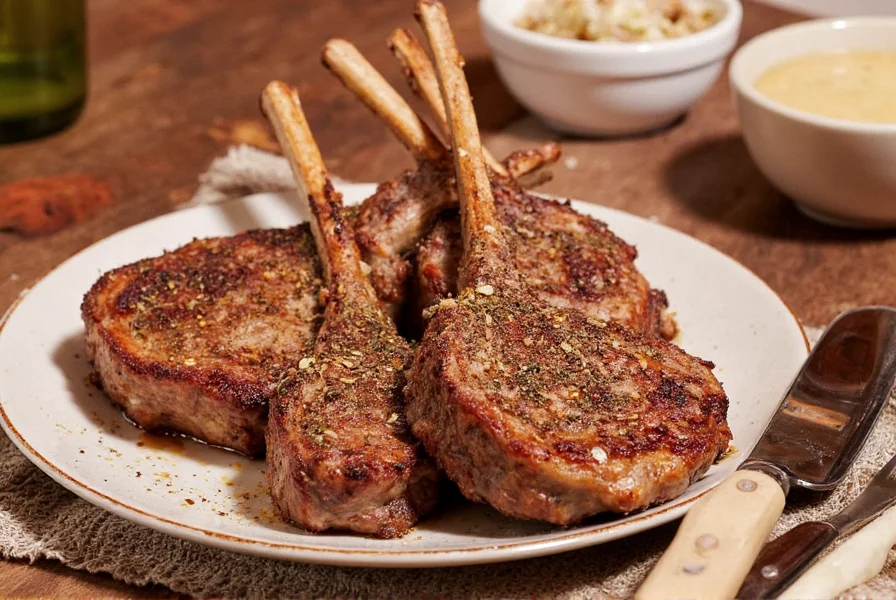
How to Apply Rosemary and Garlic Seasoning Like a Pro
- Pat the meat dry: Ensure lamb chops are completely dry before seasoning to promote even browning and better spice adherence.
- Use fresh ingredients: Fresh rosemary and minced garlic deliver vibrant flavor; dried versions can be used but reduce quantity by one-third.
- Apply generously: Use 1 teaspoon of seasoning per 1/2-inch-thick chop, rubbing it into both sides for full coverage.
- Let it rest: Allow chops to sit at room temperature for 30 minutes after seasoning to let flavors penetrate deeply.
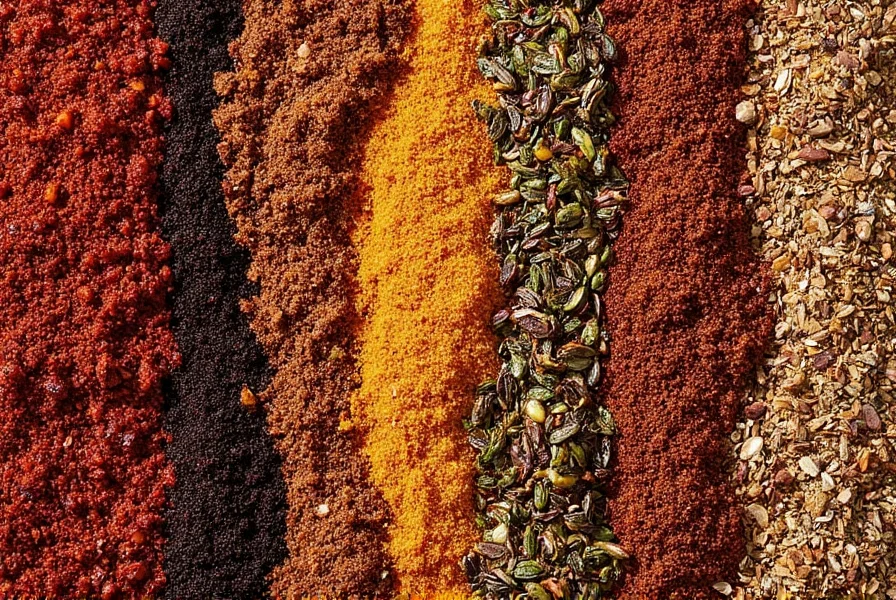
Other Excellent Seasoning Options
While rosemary and garlic is the top choice, these alternatives work well for specific preferences:
Cumin and Paprika
Perfect for grilled chops, adding smoky warmth. Use sparingly to avoid overpowering.
Lemon and Dill
Ideal for lighter dishes; brightens rich lamb without heaviness. Best for pan-searing.
Common Mistakes to Avoid
- Over-seasoning: Start with moderate amounts; lamb's bold flavor can handle spice but excess masks natural taste.
- Using stale spices: Store in airtight containers; replace every 6 months for peak potency.
- Skipping rest time: Resting ensures even flavor distribution and tender results.
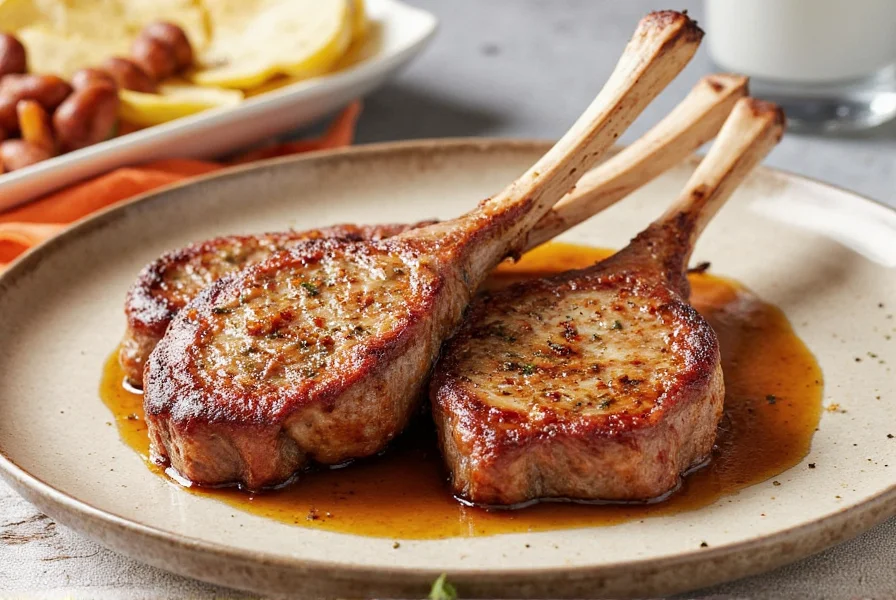
Frequently Asked Questions
Here are answers to the most common questions about seasoning lamb chops:
How much seasoning should I use for lamb chops?
Use about 1 teaspoon of dry seasoning blend per chop (about 1/2 inch thick). For fresh herbs, apply generously since they're less concentrated. Always season both sides thoroughly, but remember you can add more after cooking if needed. Lamb's robust flavor can handle bold seasoning, but start with moderate amounts and adjust to taste.
Should I marinate lamb chops before seasoning?
Marinating isn't necessary but enhances flavor penetration. For best results, combine your seasoning with olive oil and acid (like lemon juice or vinegar), then refrigerate for 2-4 hours. Avoid marinating longer than 12 hours as the acid can start to "cook" the meat and alter texture. For quick meals, direct seasoning with resting time works perfectly.
What's the best seasoning for grilled versus roasted lamb chops?
For grilling, use robust blends like cumin & paprika for smoky depth. For roasting, rosemary & garlic or lemon & dill work best to avoid burning. Smoked salt & pepper is versatile for both methods.
Can I substitute dried herbs for fresh in lamb seasoning?
Yes, but use one-third the amount of dried herbs since they're more concentrated. For example, if a recipe calls for 1 tablespoon fresh rosemary, use 1 teaspoon dried. Note that dried herbs work better in rubs while fresh herbs shine when added during the last few minutes of cooking for maximum aroma.
How do I prevent seasoning from burning during cooking?
Avoid sugar-based rubs for high-heat methods like grilling. Instead, pat chops completely dry before seasoning, use oil as a barrier (toss chops in 1 tsp oil first), and apply seasoning just before cooking. For oven roasting, place chops on a rack so heat circulates evenly, and lower oven temperature by 25°F if you notice seasoning burning.

Conclusion
Mastering lamb chop seasoning starts with the right foundation: rosemary and garlic. This timeless blend elevates the meat's natural flavor while being adaptable to any cooking style. With proper application and attention to detail, you'll consistently achieve restaurant-quality results that impress every time.
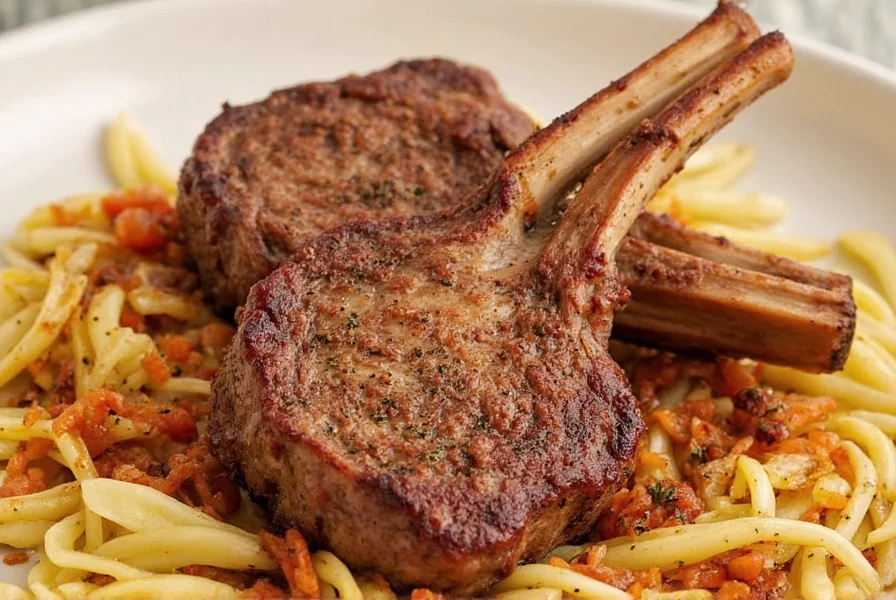

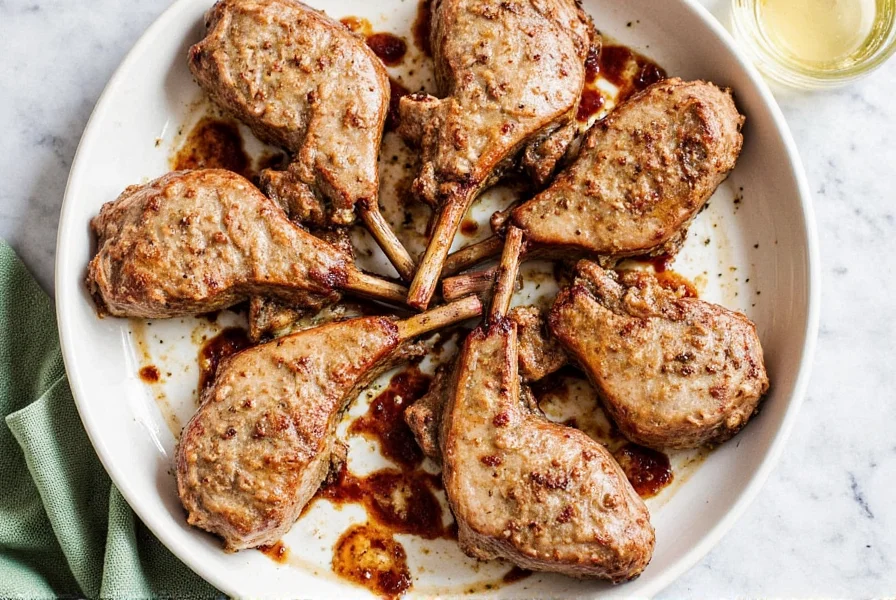









 浙公网安备
33010002000092号
浙公网安备
33010002000092号 浙B2-20120091-4
浙B2-20120091-4